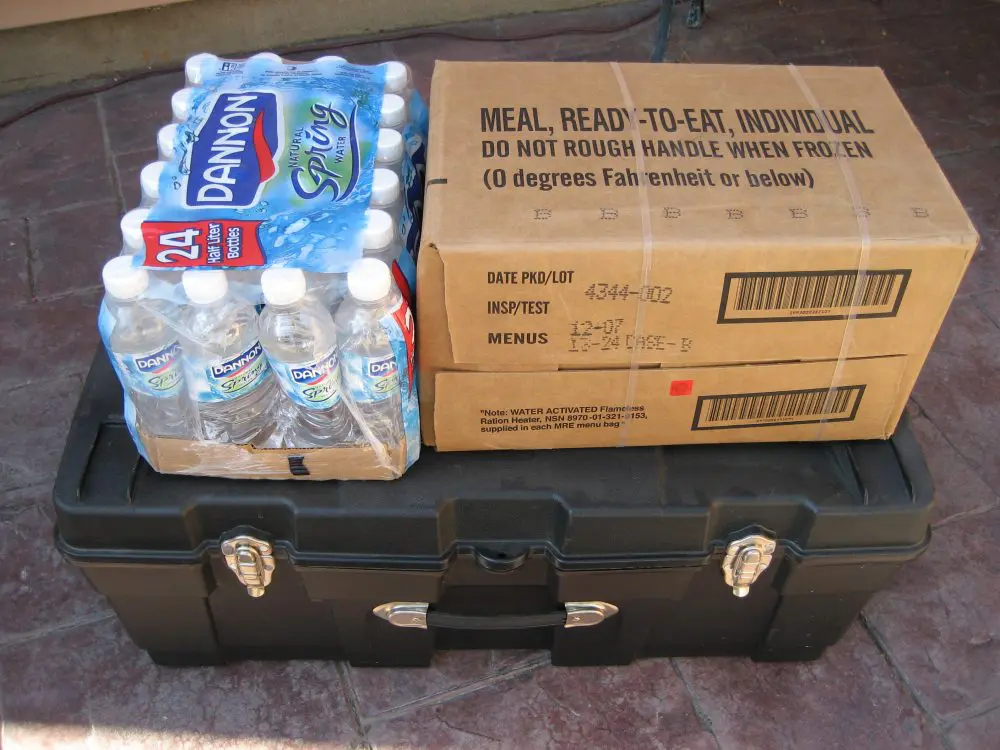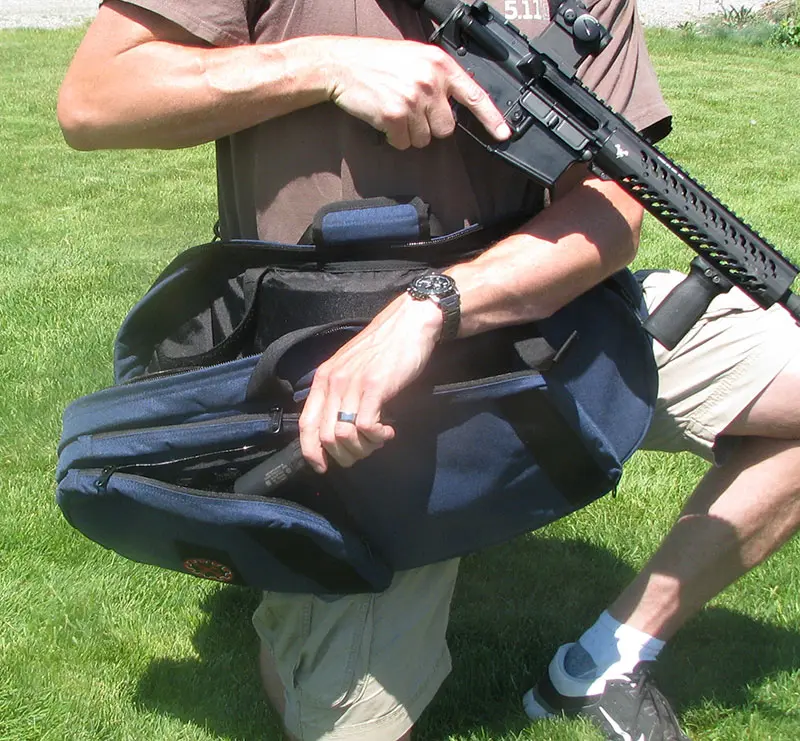The idea of killing people is not funny. Therefore, please know that I am not giggling while writing this column.
OK, maybe a little.
Our topic of the moment is the “1+1” rule. This principle reminds us that when searching for bad guys or weapons, there is always one above and beyond what you have currently located. No matter what happens or has been found to that point in time, there is always “one more” problem lurking out there somewhere, waiting to either be discovered or used against you.
Application of this rule has saved countless lives, including the less-than-exemplary existence of Yours Truly. In theory the idea is simple and easy to remember, but like all things during a crisis, it is difficult to bring into play in the real world.
The reason I might be giggling just a tad is because of my sick sense of humor about the demise of some unnamed “revolutionary” in a small, banana-intensive country several years ago. The tale was related by an acquaintance who belonged to an elite government unit that officially wasn’t there and didn’t do anything noteworthy while they weren’t there.
My friend related that their group was tasked with rescuing an American who had somehow gotten himself kidnapped by a small cell of dirtball insurgents. They found out where the bad guys had stashed the hostage and proceeded to come up with a rescue plan.
They entered a large residence through the kitchen and proceeded throughout, rescuing the hostage and dealing harshly with several hostage-takers who had the poor judgment to contest the issue. A couple of the bad guys showed all the bravery of a flock of broiler hens and were quickly trussed up.
My friend was the rear guard of the element and had entered the kitchen to wrap up the operation and search for any valuable intelligence material. Just as it appeared that everything was under control, there was a commotion in the cabinets underneath the large kitchen window pass-through.
To my friend’s surprise, a dwarf (to hell with politically correct terms) opened the cabinet door and popped out, armed with a machete nearly as large as himself. The man charged the two surprised operators in the room and was instantly riddled with automatic weapons fire.
The event left a lasting impression on my friend. He wasn’t so much concerned about taking the life during combat, but rather by the fact that someone had missed our late, lamented little friend during a primary search of the hacienda. I won’t relay some of the jokes we made, but they were uproariously funny and absolutely politically incorrect.
The point to this operational briefing (formerly known as a “war story”) is the fact that somebody should have found the insurgent before he could press the issue. If my friend hadn’t been alert, he might now be moldering under some palm tree in the jungle instead of the short-stature guerrilla.
In this instance, the thundering herd had found several bad guys while conducting the primary assault and sweep of the building, and then erroneously assumed that all the players had been corralled. And as we know, Mr. Murphy has a way of reminding us that our assumptions about such matters are often dead wrong.
There are dozens of other such stories in my own repertoire, none nearly so dramatic or exotic, of times when I was unpleasantly surprised by another suspect or weapon after things were supposedly under control.
You must automatically assume that no matter what, there is always another weapon or bad guy looming on the horizon. Many times there won’t be, but that should only heighten your suspicions the next time you are thrust into a dangerous situation.
When you are searching someone, be it little old lady or hardened desert fighter, you simply must assume there is another weapon hidden on their body or within their arm span. Just because you didn’t find something else doesn’t mean it is not there. Unless you conduct a full-body CAT scan, there is simply no way to be absolutely sure that you haven’t missed a weapon. Therefore, you must consider those within your eyesight possibly armed. Your own meager powers of observation and search, or those of your partners, cannot be trusted.
On a practical level, this concept means continued searching whenever a weapon is found on a person. In my experience, this simple rule seems to break down most often during a high-stress event or whenever an unusual weapon is found. If you take a huge sharpened screwdriver, a blasting cap and a directed energy device off a suspect after an amazing car chase or firefight, you really need to keep looking. There is probably a nuclear grenade hidden somewhere else on their body.
Another dangerous situation is when multiple people handle a suspect. We all naturally assume that the bad guy has been thoroughly checked by others in the custody chain. Take nothing for granted and search the person yourself if remaining in contact for any length of time. You’ll be surprised what you find.
When searching for people, it is critical to perform a slow, methodical secondary search after the initial assault. If you feel that something has been missed, even a tertiary search isn’t a bad idea. As we have mentioned before, the places human beings can hide when suitably motivated is astounding. Above all, it is never a good idea to relax just because an area has been checked. I could fill a book with firsthand experiences and war stories from those who have been surprised by the sudden appearance of a bad guy in the middle of a supposed safe area.
In such cases, there is at least the humor of watching in-the-rear-with-the-gear types scatter when danger suddenly rears its head.
Regardless, you must commit always to continue checking for weapons and suspects after you believe things are under your control. Once in awhile there is a nasty surprise lurking around the corner.
Maybe even under a kitchen counter.




